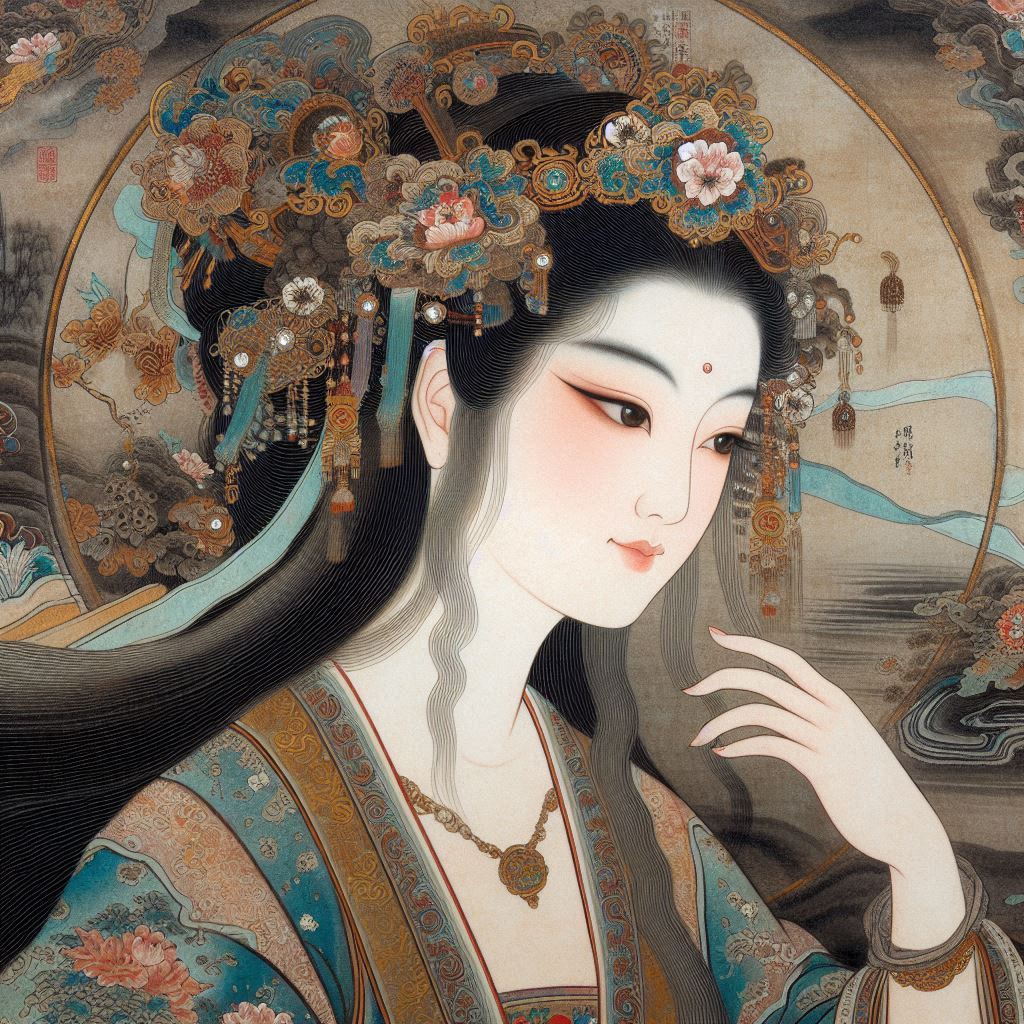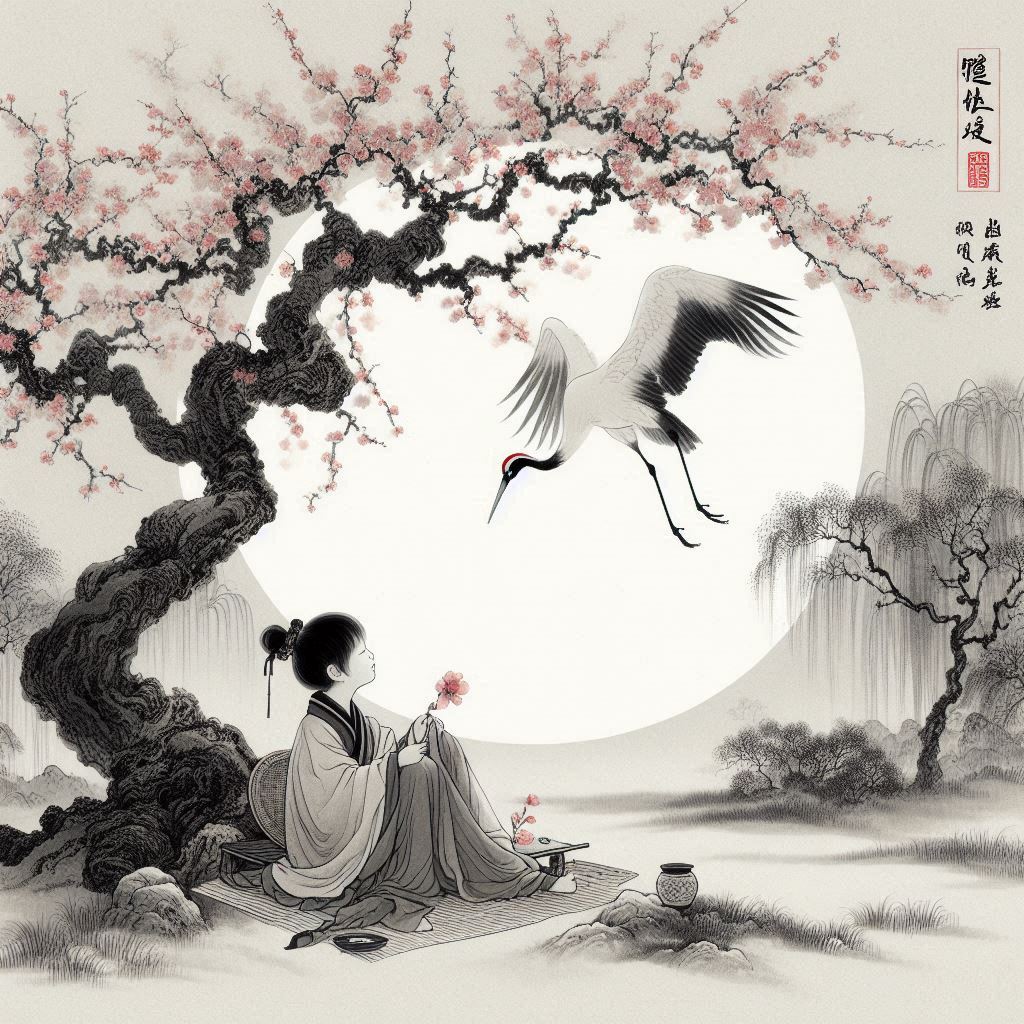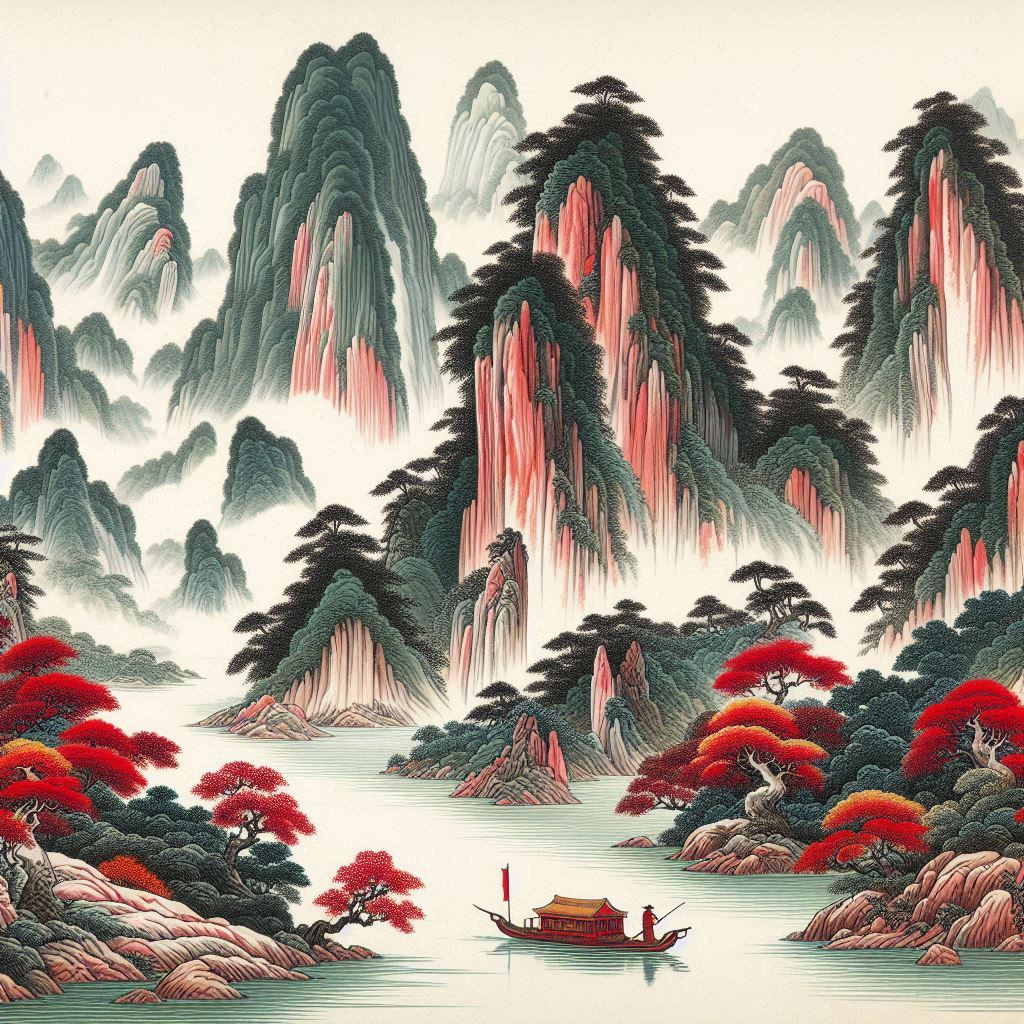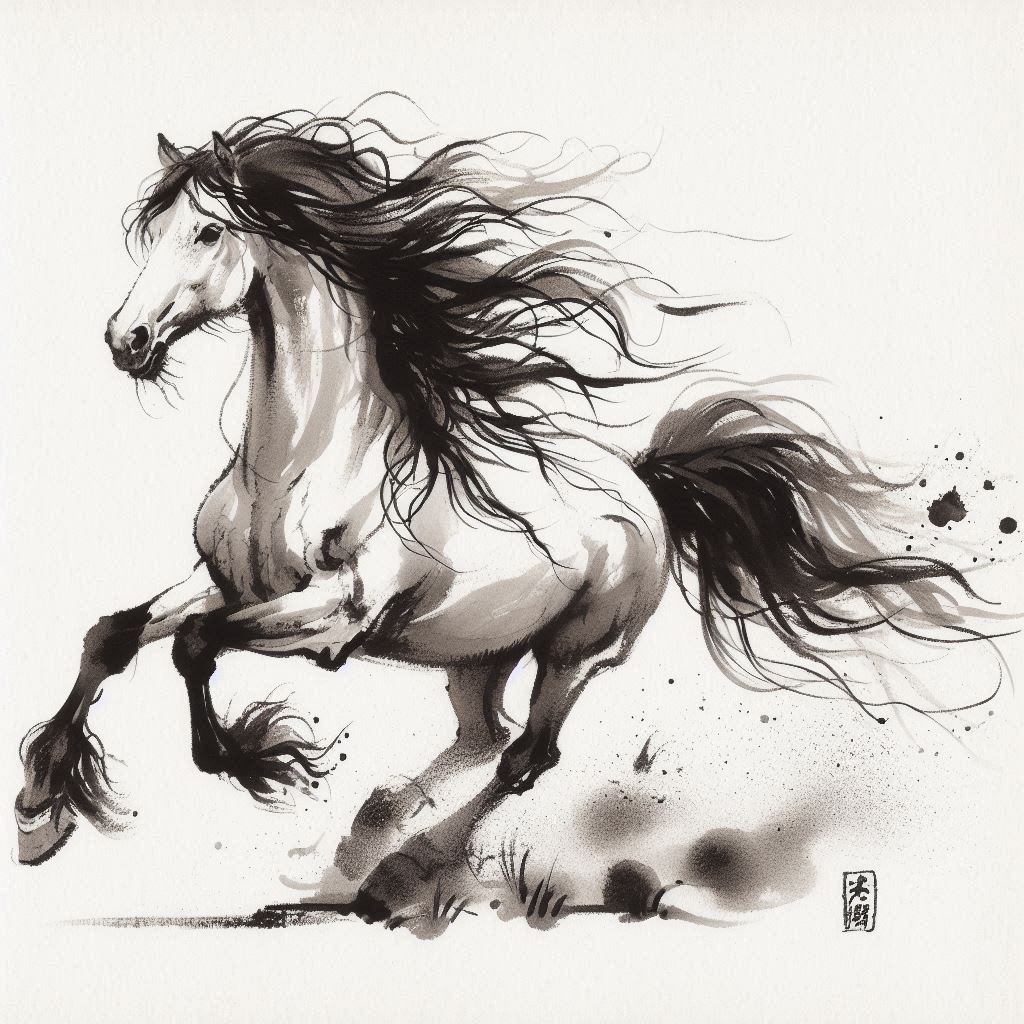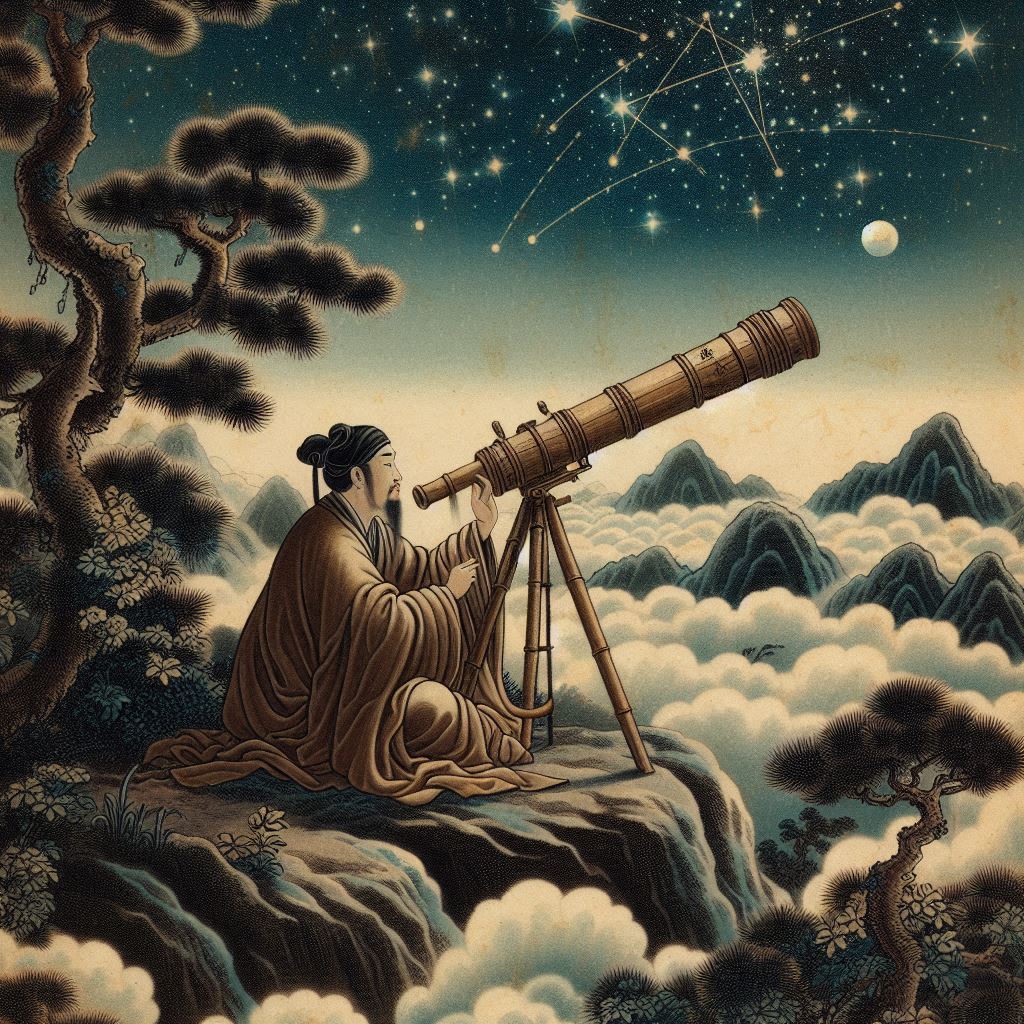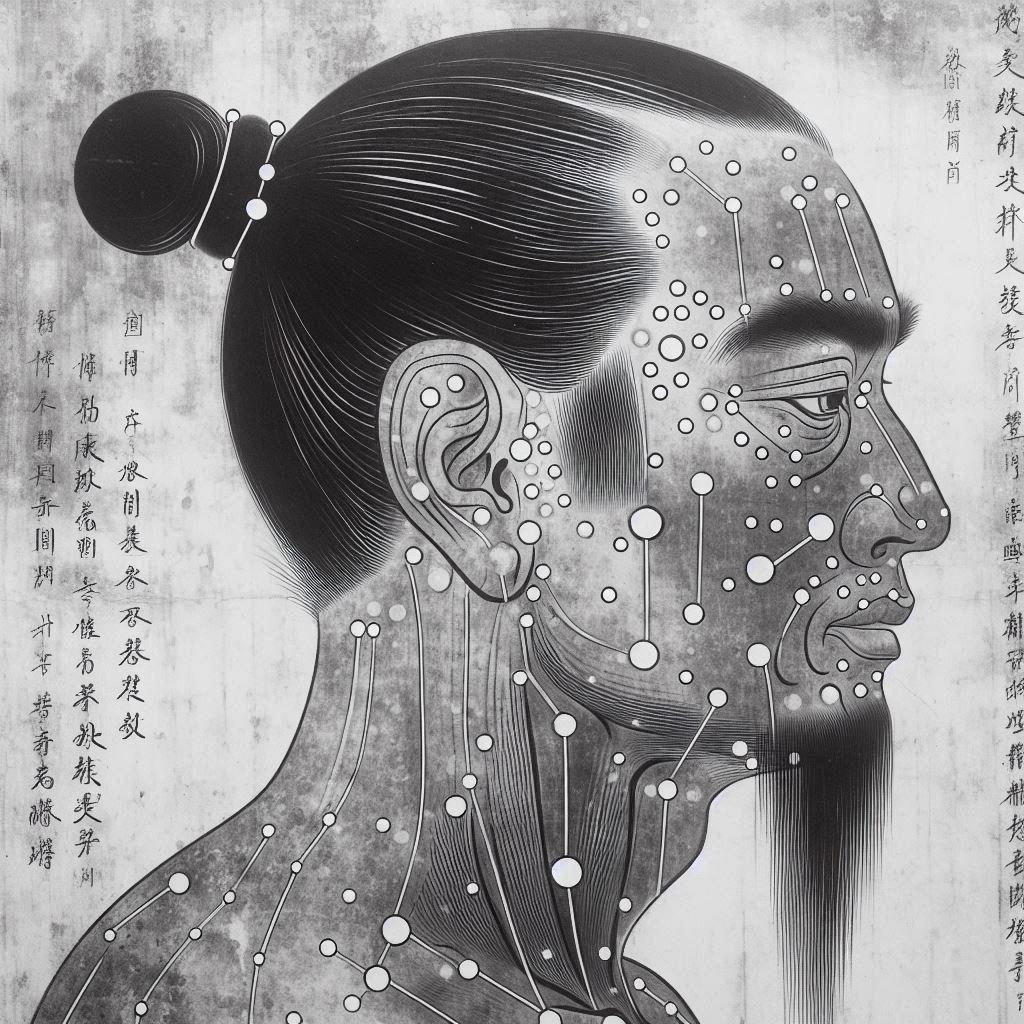Cause
- sudden and extreme wind
Wind is an external climatic factor with highly penetrating quality. From traditional Chinese medicine perspective sudden or extreme wind can penetrate the body from the surface and “hide under the skin”. Once under the skin the wind obstructs the Defensive Qi - the body's defence mechanism - causing common cold and flu-like symptoms. The most common locations through which the wind enters the body are the shoulders, the neck, and the back.
There are two types of wind invasion. One is called Wind-Cold and the other - Wind-Heat.
If you want to learn more about the Lung and its functions from the perspective of traditional Chinese medicine you can read the material "The Lung in Traditional Chinese Medicine" in the Physiology chapter.
Symptoms
- Wind-Cold symptoms - chills, aversion to cold, body pain, runny nose with profuse clear discharge, frequent, clear and profuse urination, some fever
- Wind-Heat symptoms - sore throat, thirst, fever, some chills, thick, yellow nasal discharge, yellow urine
Wind-Cold is characterized with predominantly “cold” symptoms such as chills(1)(3) and aversion to cold(2). As the Defensive Qi is obstructed it cannot circulate and warm the body's muscles so there is overall body pain(2). The Lung opens into the nose therefore there is runny nose with profuse clear discharge(1)(2)(4) or stuffy nose(1)(2)(3)(4). As the wind invades the body through the back, where the Urinary Bladder channel runs, the urination becomes frequent and profuse. Fever might be present(1)(3) (although fever is heat sign) as the body starts fighting off the pathogen.
Wind-Heat is characterised predominantly with “heat” sings such as sore throat(1)(2)(3), heat sensation of the body(1) and thirst(1)(2). The chills are still somewhat present(3) but the fever(2)(3) is predominant. The heat has condensed the discharge in the nose and now the discharge is yellow(2)(3) and thick, with some sources citing the sign "the wings of the nose flapping"(4). The urine is also yellow (heat sign) and in some cases urinating might be painful.
Treatment Approaches
As the wind invades the body predominantly form the neck, back and shoulders, it is advised to wear wind-proof jacket whenever there is strong wind, to prevent it from penetrating the body surface.
In both disharmonies - Wind-Cold and Wind-Heat - the wind hides under the skin therefore in order to expel the wind we need to select spicy foods as they promote sweating. Spicy foods also enter the Lung and clear it from mucus conditions. In the case of Wind-Cold we select hot and spicy foods which expel wind and warm the body. In the case of Wind-Heat we select spicy-cold foods to expel wind and clear heat.
To unlock the rest of this article select "Yes, I want to learn!" below.
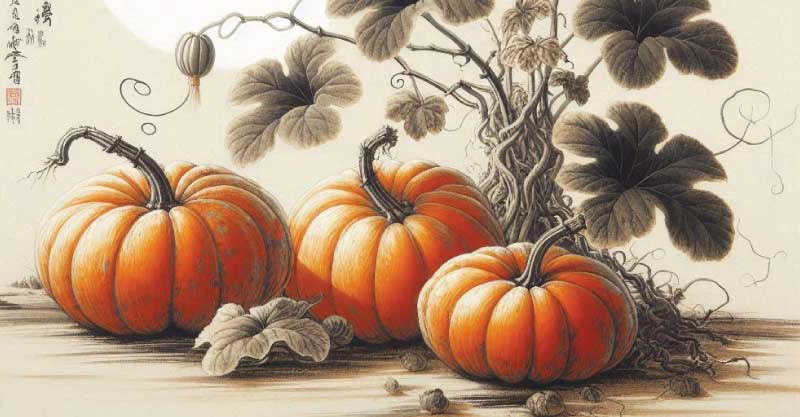
Food therapy is the most economical and non-toxic biochemical approach to health and disease. Food is something we continuously use to sustain our lives. Learning what foods are healing (and what disruptive) for each condition has the potential to convert every meal into a form of therapy.
YS
(1) Deng Liangye, Gan Yijun, He Shuhui, Ji Xiaoping, Li Yang, Wang Rufen, Wang Wenjing, Wang Xuetai, Xu Hengze, Xue Xuiling, Yuan Jiuling (1987). Chinese Acupuncture and Moxibustion. China: Foreign Languages Press
(2) Maciocia, Giovanni (1989). The Foundations of Chinese Medicine. Edinburgh: Harcourt Publishers Limited
(3) Yang Weiyi, Meng Fanyi, Jiang Yuanan(2002). Diagnostics of Traditional Chinese Medicine. Beijing: Beijing University of Chinese Medicine and Pharmacology
(4) Zhang, Enqin (1990). Basic Theory of Traditional Chinese Medicine. Shanghai: Publishing House of Shanghai College of Traditional Chinese Medicine
(5) Pitchford, Paul (2002). Healing with Whole Foods. Berkeley: North Atlantic Books
Related Articles
The Lung, season autumn, and the foods during autumn that benefit the Lung
Herbs that transform cold-phlegm and hot-phlegm
Herbs that relieve coughing and wheezing
Herbs that tonify the Qi and benefit Lung Qi
Please read our Disclaimer



